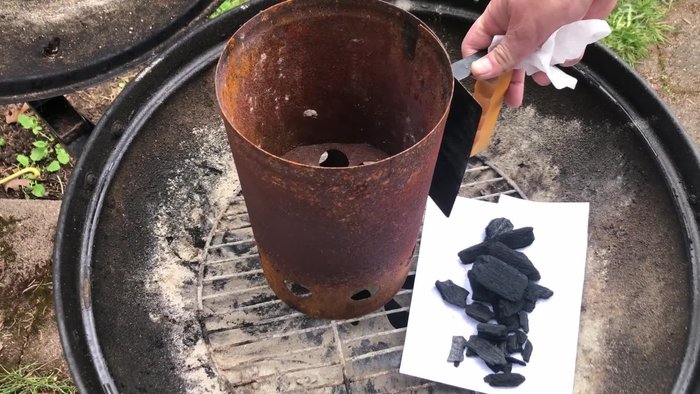Achieving perfectly ignited charcoal for your kettle grill shouldn't be a frustrating chore. Instead, it should be a quick, efficient process that sets the stage for delicious BBQ. Many struggle with unevenly lit charcoal, leading to inconsistent cooking temperatures and frustratingly smoky experiences. The key to unlocking consistent, blazing hot coals lies in mastering the art of using a chimney starter. This seemingly simple tool can revolutionize your grilling game, transforming your charcoal prep from a tedious task into a swift and efficient undertaking.
This guide dives deep into the ultimate technique for using a charcoal chimney starter with your kettle grill, ensuring you consistently achieve perfectly ignited coals in minutes. We'll walk you through a step-by-step process, covering everything from the best charcoal selection to the optimal placement for achieving a rapid and even burn. Let's get started and unlock the secrets to achieving perfectly lit charcoal every single time.
Preparation and Safety Guidelines
- Kettle grill
- Chimney starter
- Lump charcoal
- Briquettes
- Coffee filter
- Paper
- Oil
- Wire brush
- Thermometer
- Always use a chimney starter on a stable, non-flammable surface, away from flammable materials. Never use it indoors or in enclosed spaces.
- Wear heat-resistant gloves when handling the hot chimney starter and charcoal. Charcoal briquettes will be extremely hot.
- Never add lighter fluid to the charcoal *after* it has already started to ignite in the chimney starter. This is extremely dangerous.
Step-by-Step Instructions
Prepare Chimney Starter
- Place a coffee filter at the bottom to prevent small lump charcoal pieces from falling through the holes.

Prepare Chimney Starter Layer Charcoal
- Add a layer of easily ignitable lump charcoal at the bottom, followed by briquettes on top.

Layer Charcoal Prepare Kindling
- Crumple three sheets of 8.5 x 11 paper into balls and lightly spray with oil to slow down the burning process.

Prepare Kindling Light the Chimney
- Place the oiled paper balls at the bottom of the chimney and light them from both sides.

Light the Chimney Wait for optimal temperature
- Allow the charcoal to burn for approximately 35 minutes until it's ashy on top and red-hot underneath.

Wait for optimal temperature Empty and Distribute Charcoal
- Pour out the charcoal and spread it evenly across the grill.

Empty and Distribute Charcoal Preheat and Clean Grill
- Place the grill grate on top, cover for 5 minutes to bake off grease, and then brush with a wire brush.

Preheat and Clean Grill
Read more: Lump Charcoal vs. Briquettes: The Ultimate BBQ Fuel Showdown
Tips
- Using a coffee filter in the chimney starter prevents small pieces of lump charcoal from falling through and improves airflow.
- Spraying kindling with oil slows down the burn, ensuring a more even ignition of the charcoal.
- Layering easily ignitable lump charcoal at the bottom helps quickly ignite the slower-burning briquettes.
- High-temperature preheating (600°F) bakes off built-up grime from previous cooks, making the grill easier to clean.







